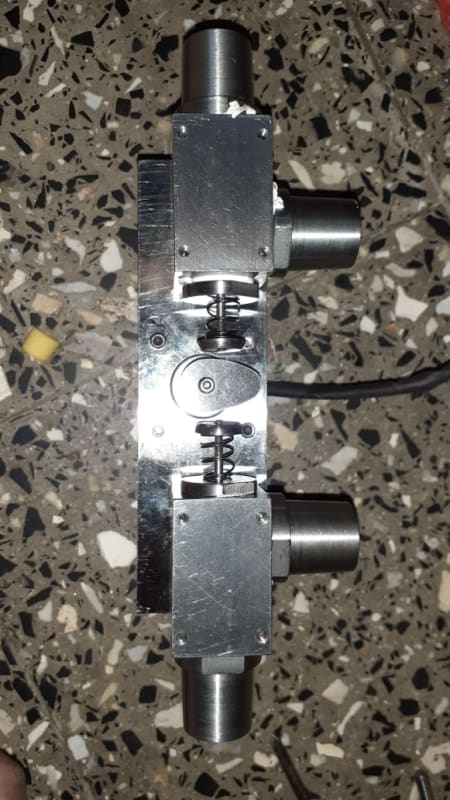Hello guys, I am looking to control the flowrate of water through a Solenoid Valve in a continuous closed-loop process.
I inquired about Proportional Flow Solenoid Valves and these are a little too expensive and only a handful of manufacturers are supplying those.
But I looked online for some PWM Controllers and found a few, but I don't really know much about this topic as this field is completely new to me (I am a machine designer by profession). I've come here to ask you guys for some guidance
So the application is to control the flow-rate using PWM. I was told that you need to purchase Solenoid Valves with PWM-specific coils and a Controller to convert the 0-20mA signal from the PLC into PWM signals.
How do I go about this? And could you'll advise which PWM Controller would work for an application like this?
Thanks,
KV
I inquired about Proportional Flow Solenoid Valves and these are a little too expensive and only a handful of manufacturers are supplying those.
But I looked online for some PWM Controllers and found a few, but I don't really know much about this topic as this field is completely new to me (I am a machine designer by profession). I've come here to ask you guys for some guidance
So the application is to control the flow-rate using PWM. I was told that you need to purchase Solenoid Valves with PWM-specific coils and a Controller to convert the 0-20mA signal from the PLC into PWM signals.
How do I go about this? And could you'll advise which PWM Controller would work for an application like this?
Thanks,
KV


![[tongue] [tongue] [tongue]](/data/assets/smilies/tongue.gif)